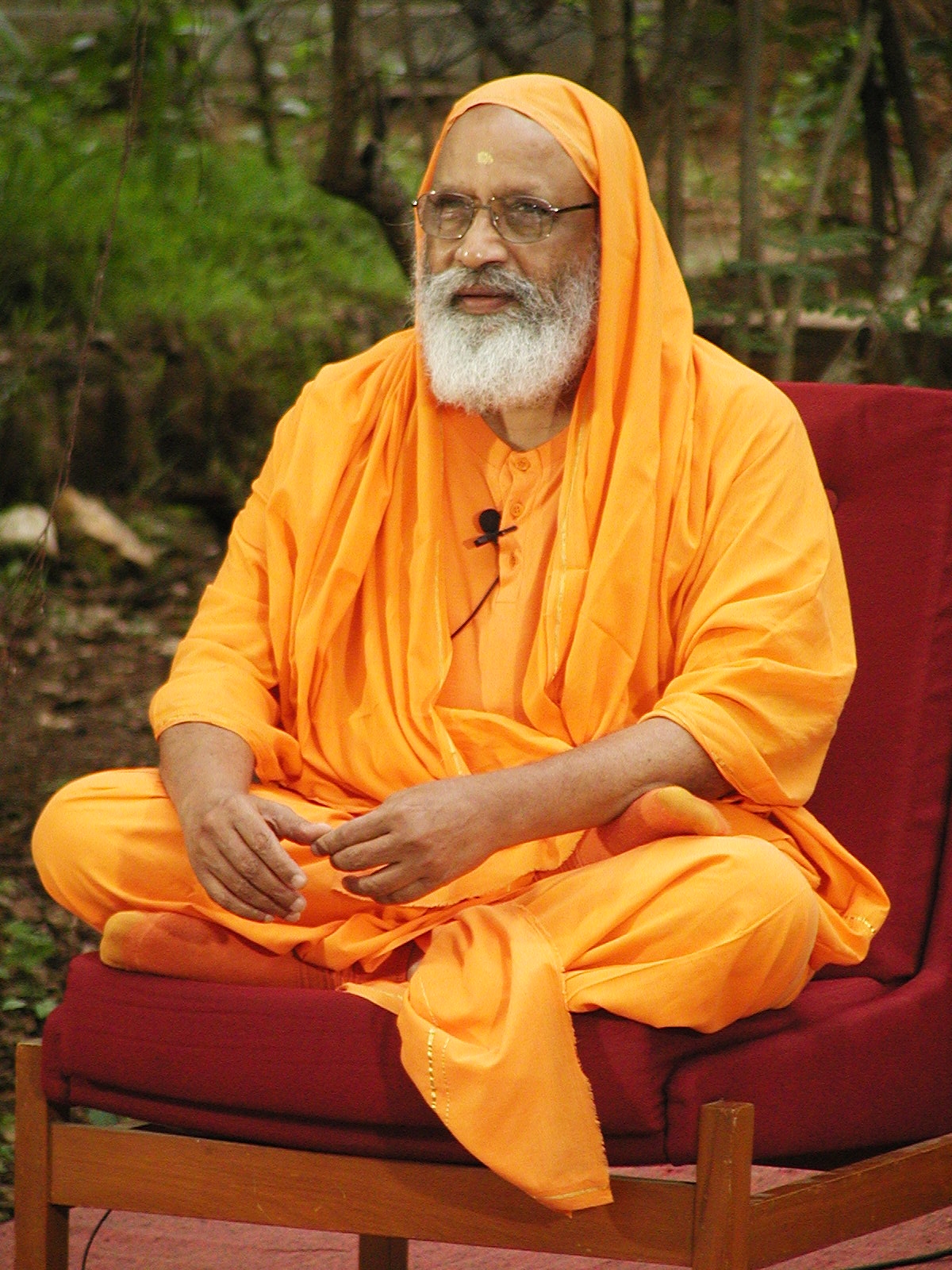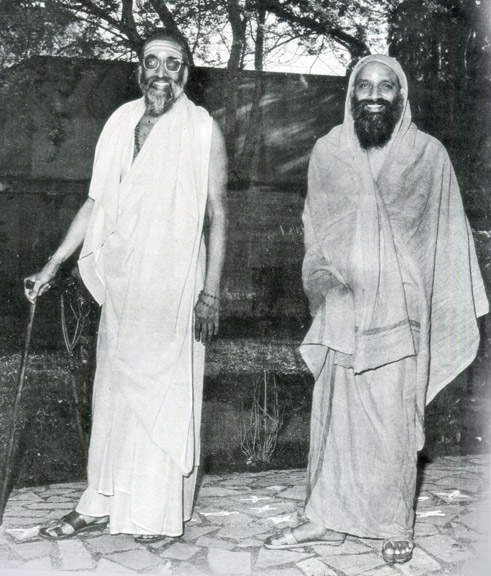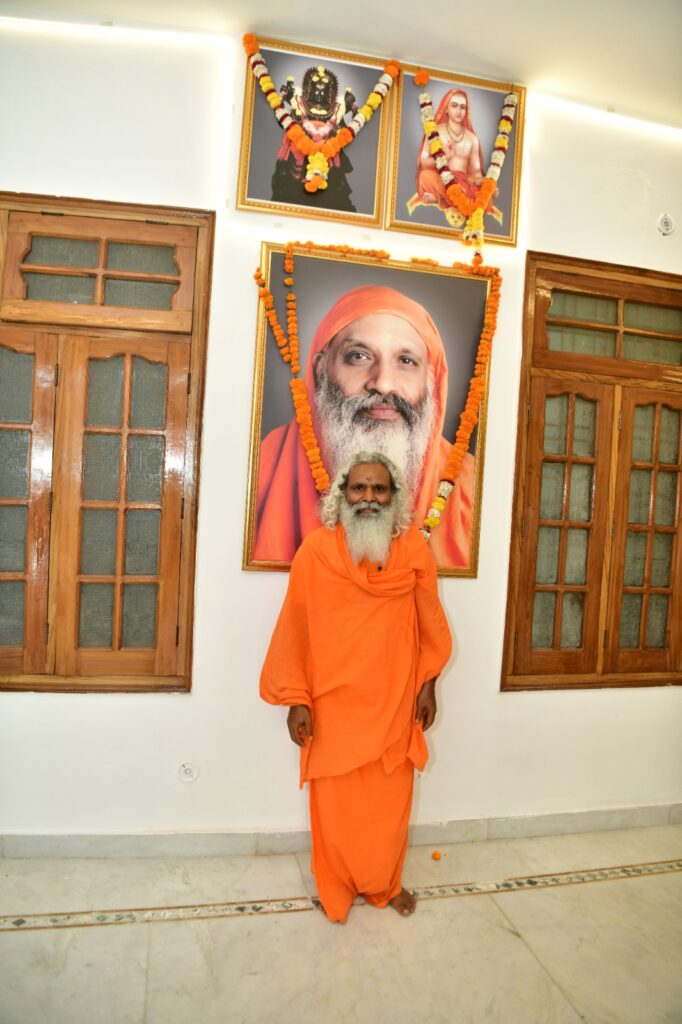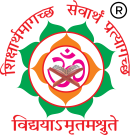
The Aradhana Celebrations of Pujya Sri Swami Dayananda Saraswati were held at the Swami Dayananda Ashram in Rishikesh from 20th Sept to 23rd Sept 2024. Swami Ananda Saraswati participated in those celebrations to pay respects to his revered Guru.
Early Days of Pujya Swamiji
Swami Dayananda Saraswati was born on Aug.15, 1930, as Natarajan in Manjakudi (Tiruvarur district of Tamil Nadu) to Gopala Iyer and Valambal and was the eldest of four sons. He had his early schooling in the District Board School at Kodavasal. In Chennai he worked as a journalist for the weekly magazine Dharmika Hindu (run by T. K. Jagannathacharya) and also for erstwhile Volkart Brothers (now Voltas Limited) for sometime. He decided to be a fighter pilot at one point and joined the IAF, but left after six months as he felt suffocated by the regimentation there. Inspired by the enlightening talks of Swami Chinmayananda during 1952–53, Natarajan became actively involved with the then newly formed Chinmaya Mission in various roles. He was made its secretary within the first year of its inception. He attended Sanskrit classes of P.S. Subramania Iyer, a retired Professor of English, who introduced the mode of chanting the Gita verses that is still being followed by Chinmaya Mission and Arsha Vidya Centres.

Swami Chinmayananda instructed Natarajan to set up Chinmaya Mission’s Madurai branch and in 1955 Natarajan accompanied Swami Chinmayananda to Uttarakashi and helped him in the preparation of a Gita manuscript for publication. In Uttarakasi, he met Swami Chinmayananda’s Guru, Swami Tapovanam Maharaj, who advised him, to do japa, meditate and study. Natarajan returned to Madras and took up the editorship of ‘Tyagi,’ a fortnightly magazine of Chinmaya Mission. On the advice of Swami Chinmayananda, Natarajan shifted to Bangalore in 1956 and continued to edit Tyagi which was also moved to that city. During his stay there, Natarajan joined the Sanskrit College in Chamrajpet and had the privilege of studying one on one with Prof. Veeraraghavachariar.
Taking Sanyasa
Pujya Swamiji was given sanyasa by Swami Chinmayananda in 1962 and was given the name Swami Dayananda Saraswati. A year later, he went to Mumbai to the newly inaugurated Sandeepany Sadhanalaya of Chinmaya Mission, where he undertook the responsibility of editing the magazine of the mission Tapovan Prasad. In addition, Swami Dayananda taught chanting of Bhagavad Gita and the Upanishads to students of Sandeepany. In November 1963, Swami Dayananda Saraswati undertook a study pilgrimage to Rishikesh and spent three years there, studying Brahma Sutras under Swami Tarananda Giri at the Kailash Ashram.
Proficiency in Sanskrit and other languages
Pujya Samiji was a great exponent of Advaita Vedanta. He kept alive the continuum of a post-Independent tradition, initiated by his ‘Guru’, Swami Chinamayananda, of playing the Hermes for ‘Advaita Vedanta’, largely to an English speaking middle class audience within India and abroad, without diluting the richness of the ‘Sanskritic’ lore that anchors this worldview. The conservative streak, though, in Dayananda Saraswati seemed even more pronounced, given his patient and erudite scholarship in Sanskrit and various basic philosophical texts. His talks and speeches were very simple to understand by people from all walks of life.
A torchbearer of Sanatana Dharma
As Convenor of the ‘Hindu Dharma Acharya Sabha’, an effort that he made to bring together the various Hindu pontiffs under one umbrella, he took the lead to articulate a position that any religious conversion per se “is violence”, and “opposed to freedom or religion and the spirit of mutual respect”. The ‘Hindu Dharma Rakshana Samiti’ was seen as being revivalist when he convened a conference in Delhi to prove how river Saraswati was no mythical river and that it had cradled a civilisation.
Swamiji learning Vedanta from Pujya Swamiji
Swami Ananda Saraswati was a disciple of Pujya Swamiji and directly learnt Advaita Vedanta from Pujya Swamiji. Swamiji often recalls fondly the time he spent with Pujya Swamiji as a student, shares his anecdotes and is carrying forward the teaching tradition.

